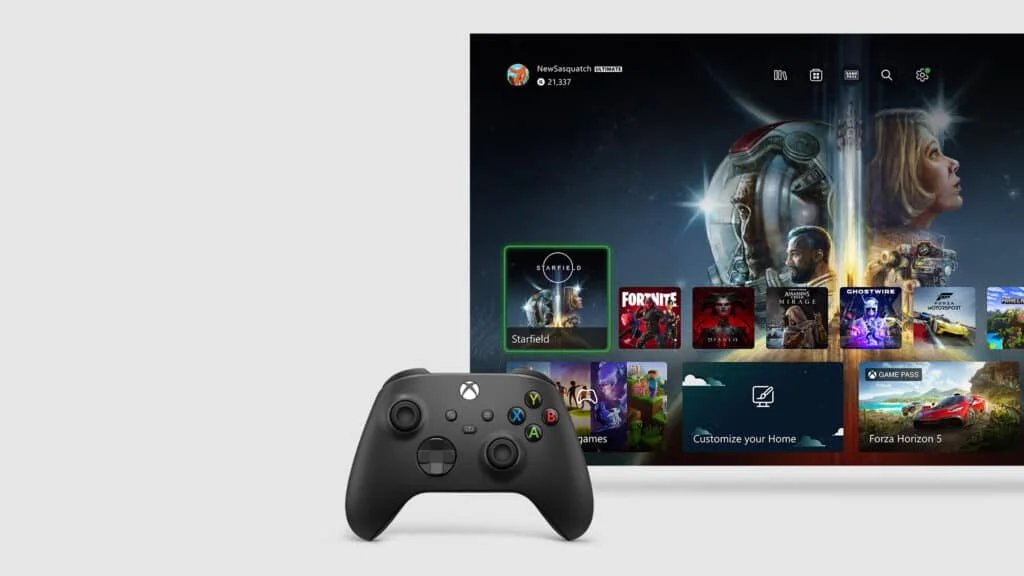Xbox hardware revenue experienced a significant decline in Microsoft‘s Q4, with sales down 42% year-over-year. This continues a trend seen in the previous quarters, where hardware sales dipped 31% in Q3 and 7% in Q1. While there was a slight increase of 3% in Q2 due to holiday promotions, overall hardware sales have been steadily decreasing.

Broader Industry Trends
The decline in Xbox hardware sales is part of a broader trend affecting the entire gaming console market. According to Circana’s recent report, Xbox, Sony, and Nintendo all reported “double-digit percentage declines” in hardware sales in May 2024, with the Nintendo Switch experiencing the most significant drop. These declines are reflective of the current phase in the console life cycle, where sales typically slow down as products approach the end of their market lifespan. This cyclical trend is expected, especially as consumers anticipate the next generation of gaming consoles.
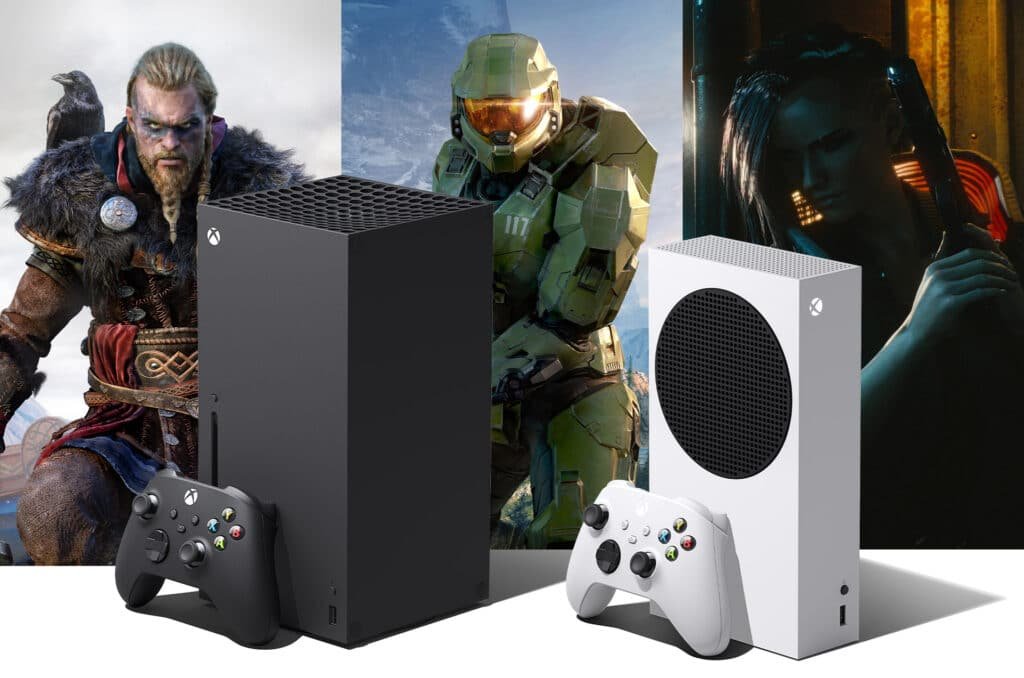
Upcoming Next-Gen Console
Xbox has confirmed that a “next-gen” console is in development, with more details shared around the holiday season. This announcement has generated excitement among gamers who are eager to see what new innovations and improvements the next generation will bring. The upcoming console will offer enhanced performance, improved graphics, and new features that will set it apart from current models.

Impact of Activision-Blizzard Acquisition
Despite the drop in hardware revenue, Microsoft’s gaming content sales have soared, largely due to the acquisition of Activision-Blizzard. Gaming revenue increased by 44% year-over-year, with the acquisition contributing 48 points of net impact. This suggests that Xbox’s business outside of the Activision-Blizzard acquisition hasn’t performed as well as the previous year. However, Xbox content and services revenue performed better, rising 61% year-over-year, with 58 points of net impact from the acquisition.
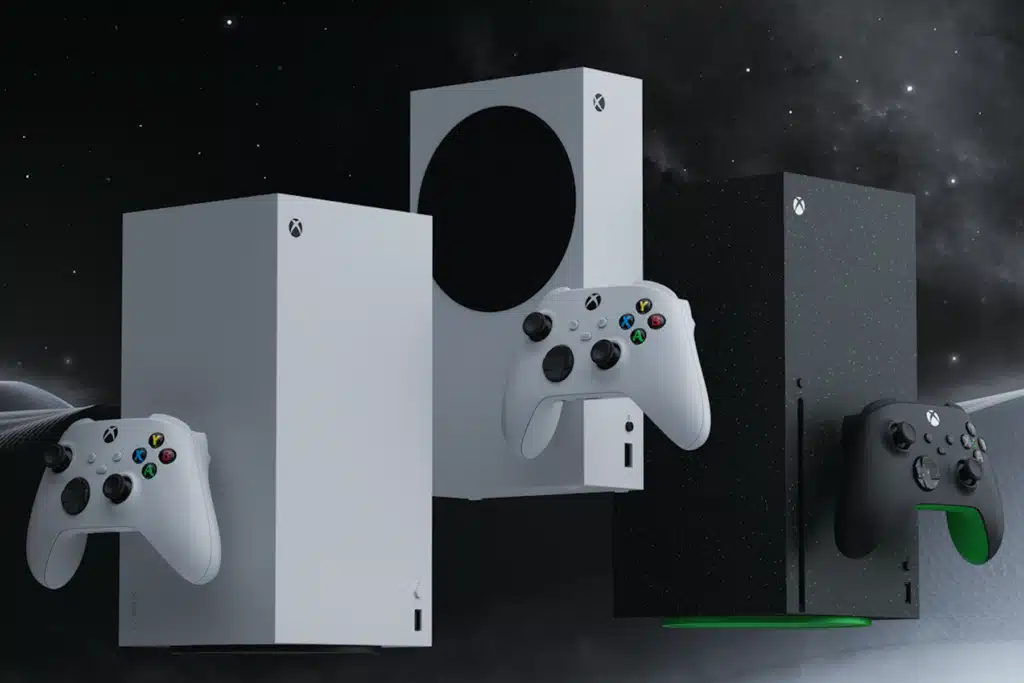
The acquisition of Activision-Blizzard has been a game-changer for Microsoft, significantly boosting its content library and attracting more players to its ecosystem. Popular franchises like Call of Duty, World of Warcraft, and Overwatch have added tremendous value to Microsoft’s gaming portfolio, driving up engagement and revenue.

Overall Financial Performance
Microsoft’s More Personal Computing division, which includes Xbox and other segments such as Windows, reported a revenue of $15.9 billion, marking a 14% increase year-over-year. The company’s overall financial health remains strong, bolstered by the strategic acquisition and growth in content and services revenue. The success of the More Personal Computing division highlights the importance of diversification and innovation in maintaining robust financial performance.
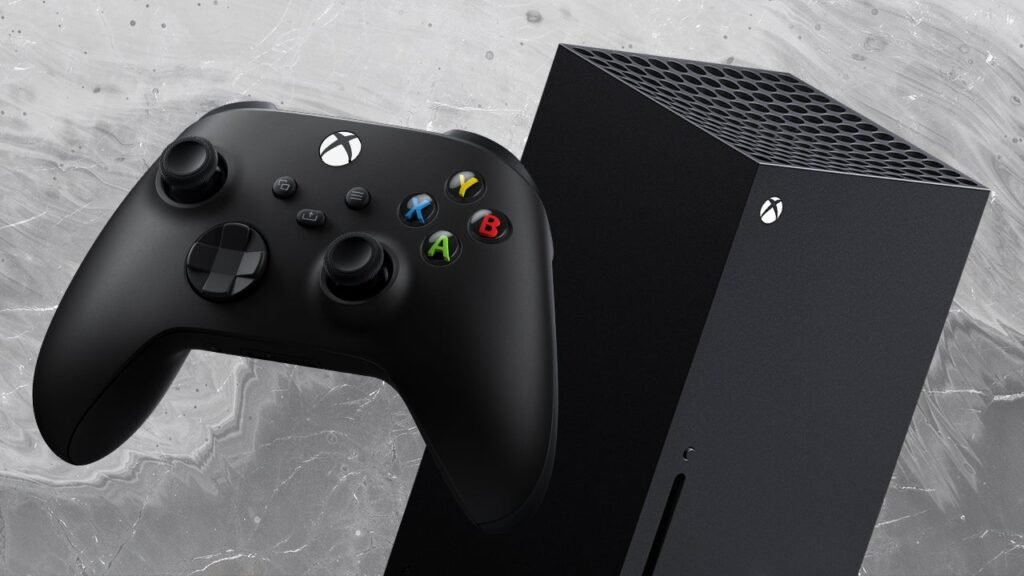
Future Outlook
As the gaming industry continues to evolve, Xbox’s focus appears to be shifting towards content and services, leveraging high-profile acquisitions to boost revenue. With a next-generation console in development, Microsoft aims to revitalize hardware sales in the future. Investors and analysts are awaiting further details, which will be shared during Microsoft’s Q4 earnings call.
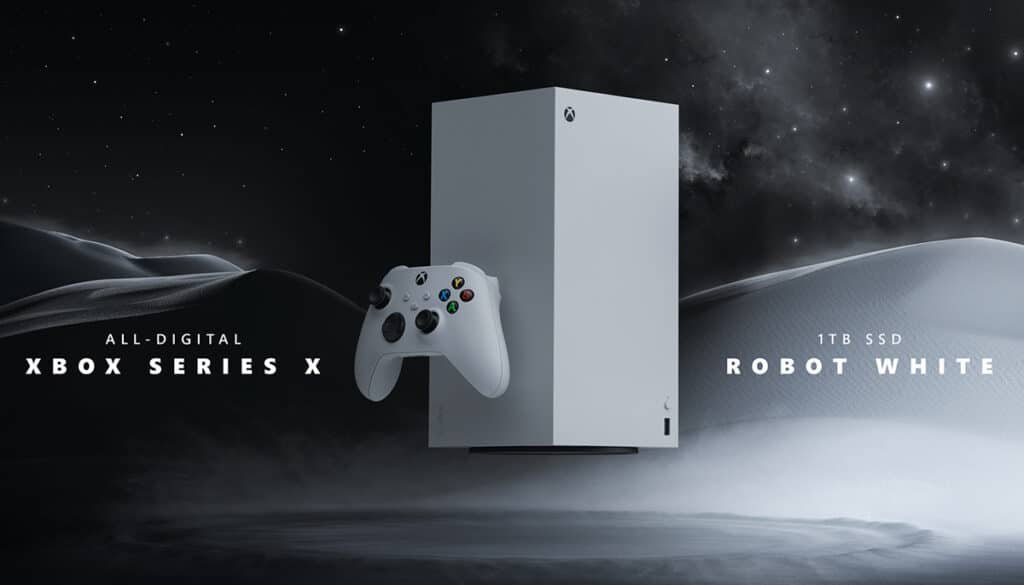
The gaming industry is at a pivotal point, with advancements in technology and changes in consumer behavior driving new trends. Cloud gaming, virtual reality, and augmented reality are emerging as significant growth areas, and companies like Microsoft are positioning themselves to capitalize on these opportunities. By investing in innovative technologies and expanding its content offerings, Microsoft will lead the next wave of gaming innovation.
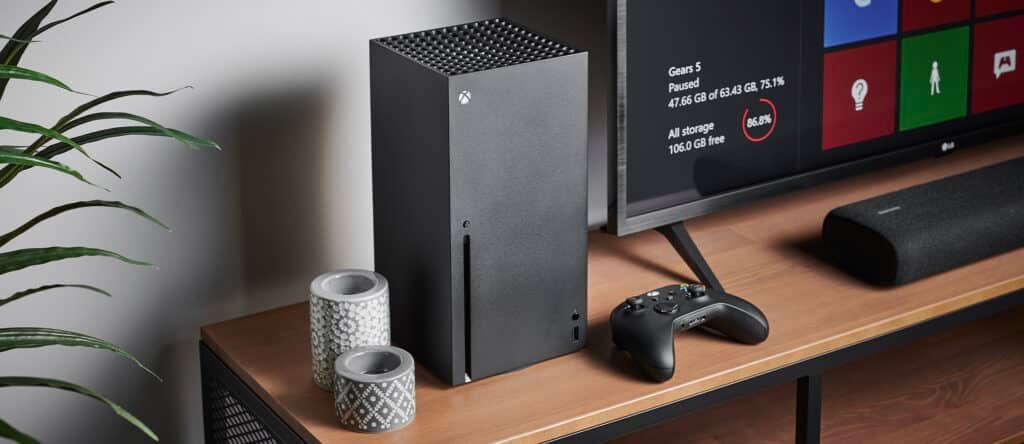
Conclusion
The decline in Xbox hardware sales is offset by significant gains in content and services, thanks to the strategic acquisition of Activision-Blizzard. As Microsoft prepares to launch its next-generation console, the company will capitalize on emerging trends and continue its growth trajectory. The future looks promising for Xbox, with exciting developments on the horizon that will captivate gamers and drive further engagement.



